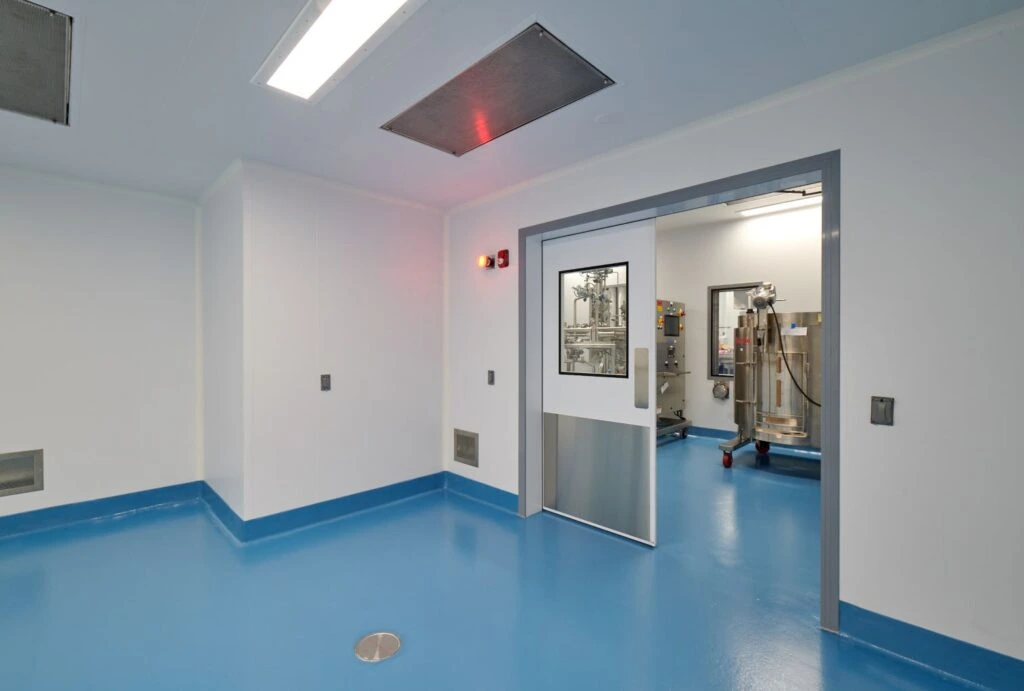Cleanrooms: Designed to deliver, guaranteed.
Designed to Deliver Certainty
With a tailored CleanFit plan (and its “design to deliver” approach), your clean space is certain be the most reliable and advanced, with the costs certain to come in as planned.
Designed to Deliver Continuity
Designed to Deliver Collaboration
An easy-to-access and share CleanFit plan removes any distinction between external and internal resources – we’re one team, with one goal, and a clear window into progress.



Controlled environments that are designed and assembled to precise specifications
The CleanFit Process
CleanFit accelerates the design to installation process and is what enables CleanSpace to offer timeline and budget guarantees.
















